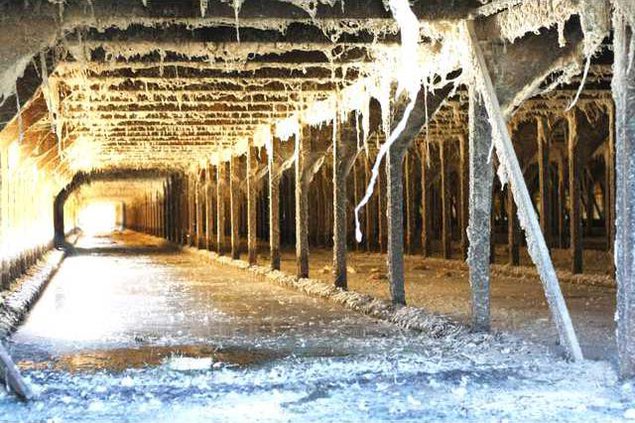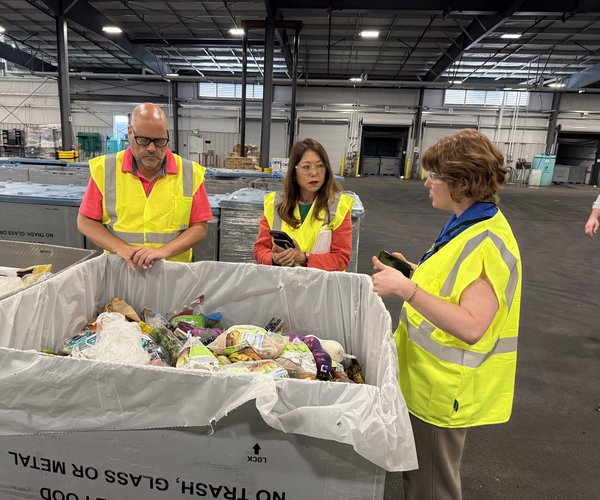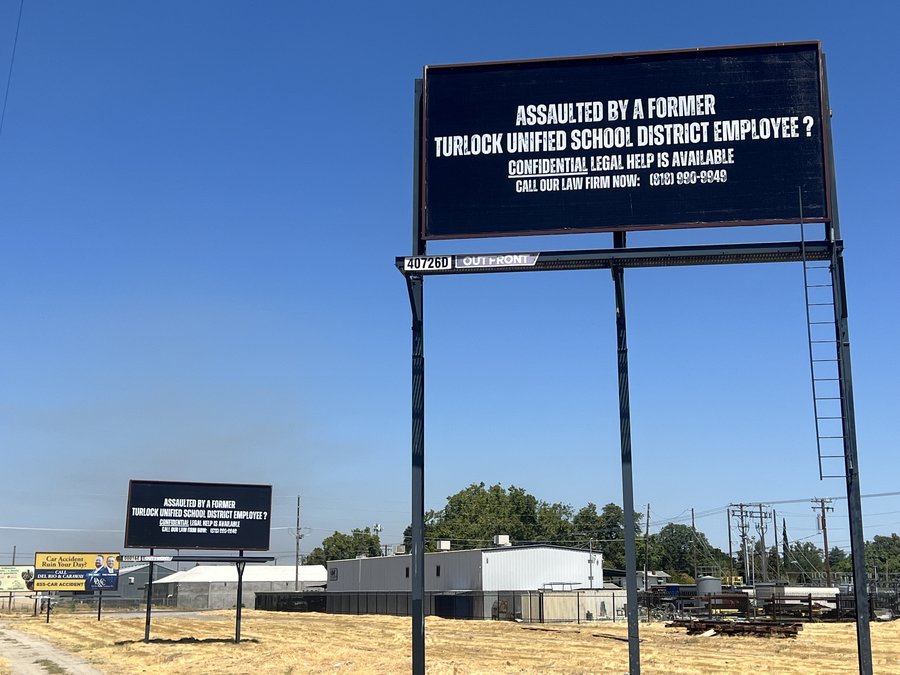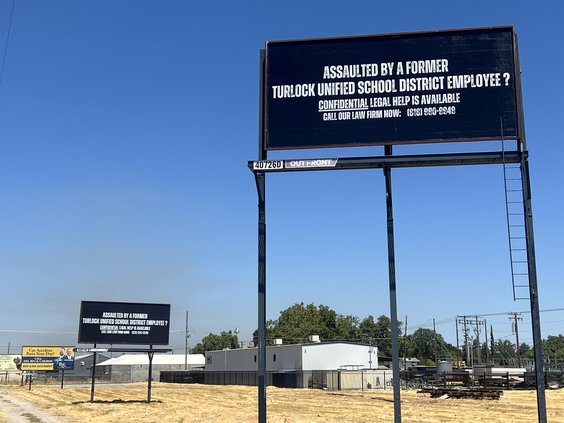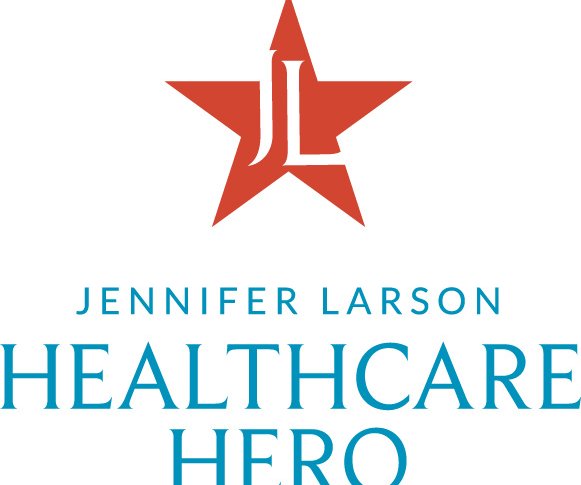In order to mark the anniversary of one of the largest rescues of farmed animals in California history, farm sanctuary Animal Place created a film directed by Keegan Kuhn titled “Turlock.”
In February 2012, two Turlock poultry farmers, Andy Cheung and Lien Diep of A&L Poultry, isolated 50,000 hens without food for a little over two weeks. According to officials, approximately one-third of the hens died of starvation. The rest were left dehydrated, malnourished, and trapped in wired fences.
Stanislaus County Animal Services Executive Director Annette Patton called it the worst case of animal cruelty the county has ever seen. State officials attempted to mediate the situation by gassing 25,000 hens before representatives of Animal Place could intervene.
Animal Place, Harvest Home Animal Sanctuary, Farm Sanctuary and various other rescue organizations were able to save only a little under 4,500 of the surviving hens. One hundred of those hens are currently living at Animal Place’s 600-acre sanctuary; approximately 4,000 hens found homes through the Rescue Ranch adoption program. The rescue efforts were so monumental that Animal Place decided to make their concerns known through a 10 minute video.
“Ideas for the documentary came about after a long discussion with (Kim Sturla, Animal Place executive director). We thought, ‘well, what can we do to remember that rescue with honor?’ We had a great videographer who owns First Sparks Media, and we decided to do a film,” said Education Director Marji Beach.
But what was originally supposed to be a short film turned into a feature length movie. The documentary runs for approximately 50 minutes and displays raw footage of the hens. A plethora of interviews are also featured, including Animal Place’s Kim Sturla, Animal Care Coordinator David Phinney, and Animal Care Director Jamie London.
“Turlock” illustrates Animal Place’s efforts in obtaining custody of the hens, the increase of community volunteers, and actual footage of the rescued hens. Though the film has a dismal beginning, the tone shifts into a positive outlook, and features how the hens were able to progress through the team’s efforts. The documentary outlined the chickens' success in developing personalities, touching dirt, and spreading their wings for the first time.
“Putting together the documentary was an amazing experience and it gave us a chance to reflect on our largest rescue and to honor the 45,000 hens that didn’t make it out of that barn alive,” said Beach. “It is amazing to be a part of the dedicated activists who helped saved these lives.
“I think empowering people is the most important message about this film. We were this rag tag team of activists that wanted to help. I think that the message of that film is that none of us are hopeless. We have this amazing ability to create better changes in the world.”
Animal Place is committed to sending the documentary to as many film festivals as possible, and intends to place their feature alongside others reflecting environmental and animal abuse. To make a donation to help distribute the movie, visit http://animalplace.org/2013-turlock-hens-a-year-later.

